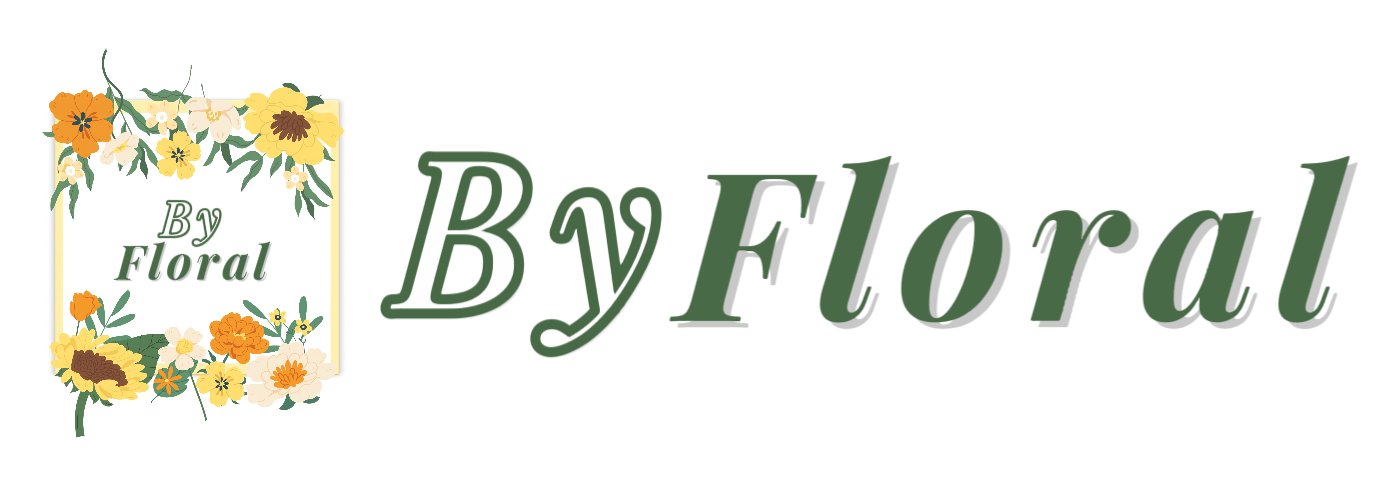Uncategorized
3 tips for beginning flower arrangement-part 2




For flower enthusiasts starting to learn about flower arrangement, arranging flowers is a lot like painting; there are many details to consider. Choices like flower types, colors, and shapes all impact the final result. So for beginners, how to create beautiful flower arrangement ideas?
In two articles, I will explain the following:
- The 3 basic elements of flower arrangement.
- 8 principles to follow in floral design.
- How to create depth in your floral arrangements.
Second, “8Principles to Follow in Flower Arranging”
When you arrange flowers, you need to choose materials based on a specific idea and follow certain creative rules to create a good piece.
1.Light on Top, Heavy on the Bottom
Place buds at the top and fully bloomed flowers at the bottom. Use lighter colors on top and darker colors below. This arrangement follows natural patterns and makes the piece look harmonious. Just like in nature, flowers at the bottom often appear fuller and may have deeper colors.


2.Scattered on Top, Gathered Below
Have lush foliage and stems at the bottom for stability while keeping the upper part more open. This principle gives your arrangement a solid foundation and a sense of movement, like a plant with strong roots swaying in the wind.
3.Varying Heights
Position flowers at different heights rather than lining them up on the same horizontal line. This adds depth and dynamism to your work, allowing viewers to explore different angles and discover unique beauty.


4.Balanced Density
Don’t place flowers and leaves at equal distances; mix dense and sparse arrangements for rhythm. Think of it like beautiful music that has highs and lows, slow parts and fast parts. The variation in density makes your piece more attractive.
5.Responding to Each Other
Establish a center point with surrounding flowers and leaves echoing that center. It’s like a team with a core member, where others collaborate around them, highlighting the main theme while maintaining balance.


6.Mixing Real and Abstract
Use flowers for the solid elements and leaves for the airy parts. They should work together; just flowers can seem dull, while just leaves lack focus. Like red flowers needing green leaves for contrast, they create a harmonious whole.
7.Balance of Movement and Stillness
Include both static symmetry and dynamic variety. For example, some flowers can be neatly arranged to show stillness, while others can be placed at different heights to convey movement, making your piece more lively.


8.Classical Yet Unique
Combine classic elegance with balanced elements while using varied materials and compositions to create a unique artistic atmosphere. You can add modern touches to traditional arrangements so that they carry both historical charm and contemporary flair.
The last one, “How to create depth in your floral arrangements.”
Plants grow freely in nature, so they come in various shapes and possibilities. Whether it’s bouquets, weddings, or floral installations for spaces, layering is essential.So how can you express the basic sense of layering in floral works?
1.Size Contrast Between Flowers
Create layering by combining flowers of different sizes; the stronger the size contrast, the more pronounced the layering effect. For example, pairing large peonies with small baby’s breath makes the big blooms stand out while the small ones add detail.


2.Spatial Relationships Between Flowers
Arrange flowers with varying heights, growth directions, and spatial placements. For instance, tilt some blooms forward while others stretch back to create spatial depth.
3.Color Combinations and Ratios
Use contrasting colors, complementary colors, adjacent colors, or similar shades to show layering. For example, pairing red with green or using different shades of one color can enrich the color layers in your work.


4.Combining Different Shapes of Flowers
Mix points (scattered flowers), lines (linear flowers), and planes (clumping flowers) to create variety in shapes. For instance, pairing linear willow branches with clumping carnations adds shape differences that enhance layering.
⬇️You can add some packaging paper to the design. How to choose? ⬇️
8 Preferred Bouquet Wrapping Papers – A Must-Read for Beginners
Also choose from my store, and there is always one that you like!
By following these principles and techniques, you can create stunning floral arrangements that showcase depth and beauty!

